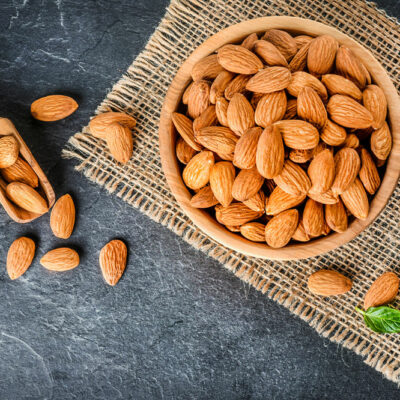
Top 7 foods that help relieve migraines
Migraine, marked by a severe headache and throbbing pain, is a common phenomenon that affects many people. There are several reasons for it, including sensory stimuli, stress, weather changes, hormonal changes, and other underlying health conditions. When the neural activity becomes overactive, it gets more sensitive and causes migraine. To avoid this, it is important to make changes to one’s food regime. Adding certain foods discussed below to one’s daily meals can help relieve migraines. Leafy greens like spinach and kale Spinach and kale are both leafy greens that contain magnesium, which has shown to prevent neurons from becoming hypersensitive. This, in turn, helps keep migraines at bay. Kale is also rich in fiber, but one may require some time to get used to its strong taste. These versatile foods can be blended into soups, salads, pastas, as well as chips. Scrambled eggs Eggs are a nutrient powerhouse that also provide migraine-fighting benefits of magnesium along with other additional nutrients including protein, essential vitamins, and zinc. They are also incredibly easy to make and an affordable option to include in one’s daily food regime. Almonds Almonds are one of the best foods for migraines as they contain magnesium and essential fats and fiber, which can also bring overall health benefits to individuals.
Read Article 









